Description
1. Botanical Information
-
Botanical Name: Aegle marmelos
-
Common Names: Koyal Bel, Bael, Bengal Quince
-
Family: Rutaceae
-
Type: Deciduous, medicinal, and fruit-bearing tree
2. Origin & Distribution
-
Native To: Indian subcontinent, especially India, Nepal, and Sri Lanka
-
Cultivated widely in tropical and subtropical regions for its religious, medicinal, and ornamental value.
3. Physical Characteristics
-
Height & Spread: Grows up to 10–15 meters tall with a spreading canopy.
-
Leaves: Trifoliate, aromatic leaves; light green in color and compound in structure.
-
Flowers: Small, pale greenish-yellow, fragrant flowers; bloom mainly from March to May.
-
Fruit: Hard, woody, round to oval fruit with a sweet, aromatic pulp; used in beverages, jams, and traditional medicine.
-
Bark & Trunk: Rough, grey-brown bark; trunk may be thorny in young plants.
4. Growing Conditions
-
Light: Prefers full sunlight for optimal growth and fruiting.
-
Soil: Thrives in well-drained, sandy to loamy soils; tolerant of poor soil.
-
Watering: Drought-tolerant once established; moderate watering during initial growth.
-
Temperature: Thrives in tropical to subtropical climates, tolerates heat and low rainfall.
-
Humidity: Can tolerate low to moderate humidity.
5. Maintenance & Care
-
Pruning: Regular pruning helps maintain shape and enhances flowering and fruiting.
-
Fertilization: Organic compost or balanced fertilizer improves growth and fruit yield.
-
Pests/Diseases: Occasionally affected by aphids, scale insects, and fruit rot; generally hardy.
-
Propagation: Commonly propagated through seeds, grafting, or air layering.
6. Uses & Benefits
-
Religious & Cultural Significance: Sacred in Hinduism; leaves and fruit used in rituals and offerings.
-
Medicinal Uses: Traditional medicine uses leaves, bark, and fruit for digestive disorders, diabetes management, fever, and respiratory issues.
-
Edible Fruit: Fruit pulp used in juices, jams, sherbets, and desserts.
-
Ornamental Value: Planted in gardens, courtyards, and along roadsides for shade and aesthetics.
7. Lifespan
-
Long-lived tree; can survive 50–100 years with proper care.

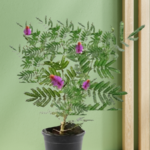
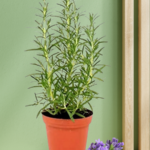
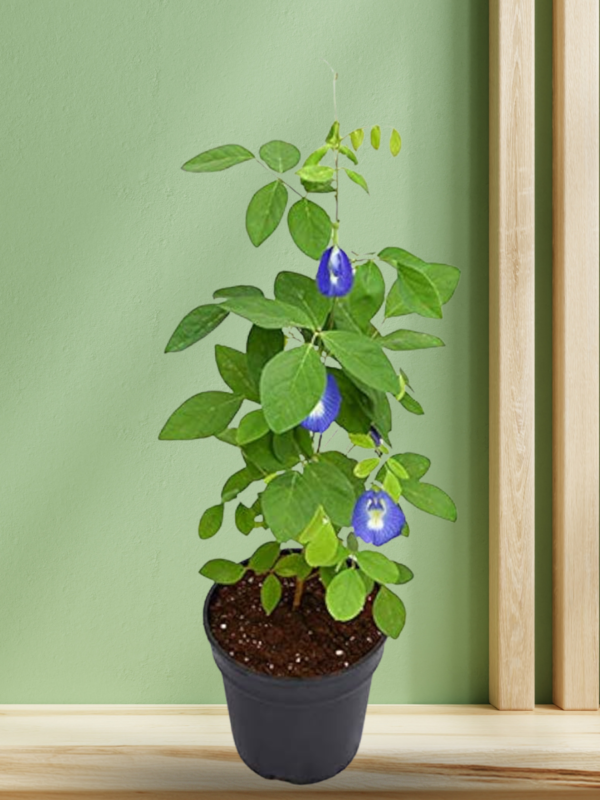
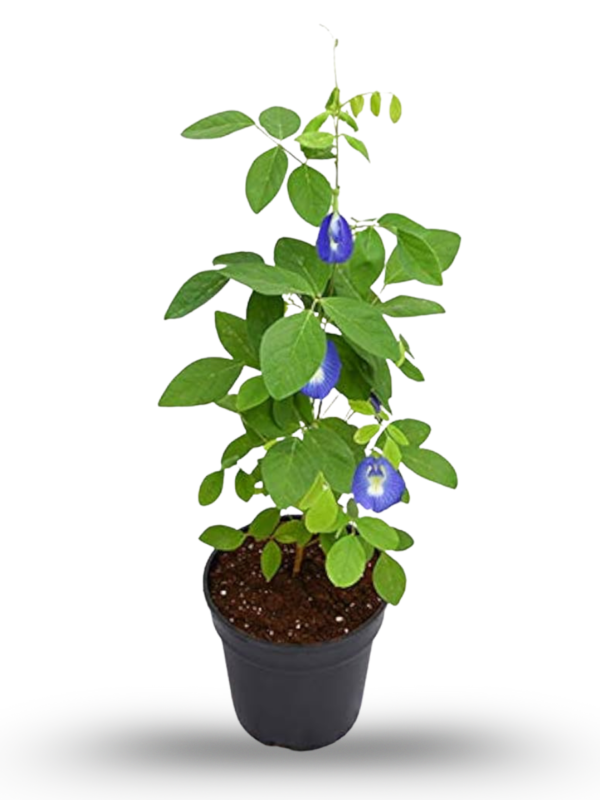
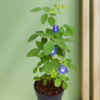
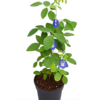
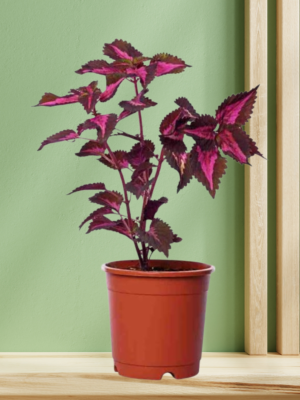
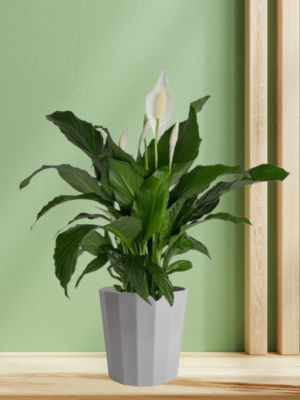
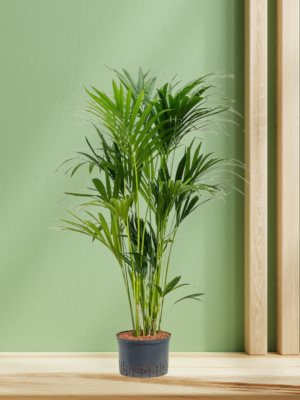
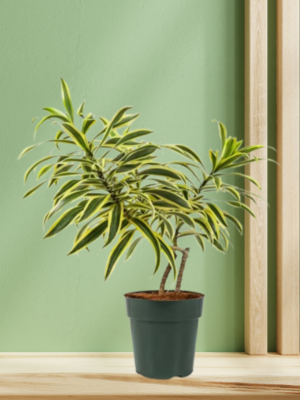
Reviews
There are no reviews yet.